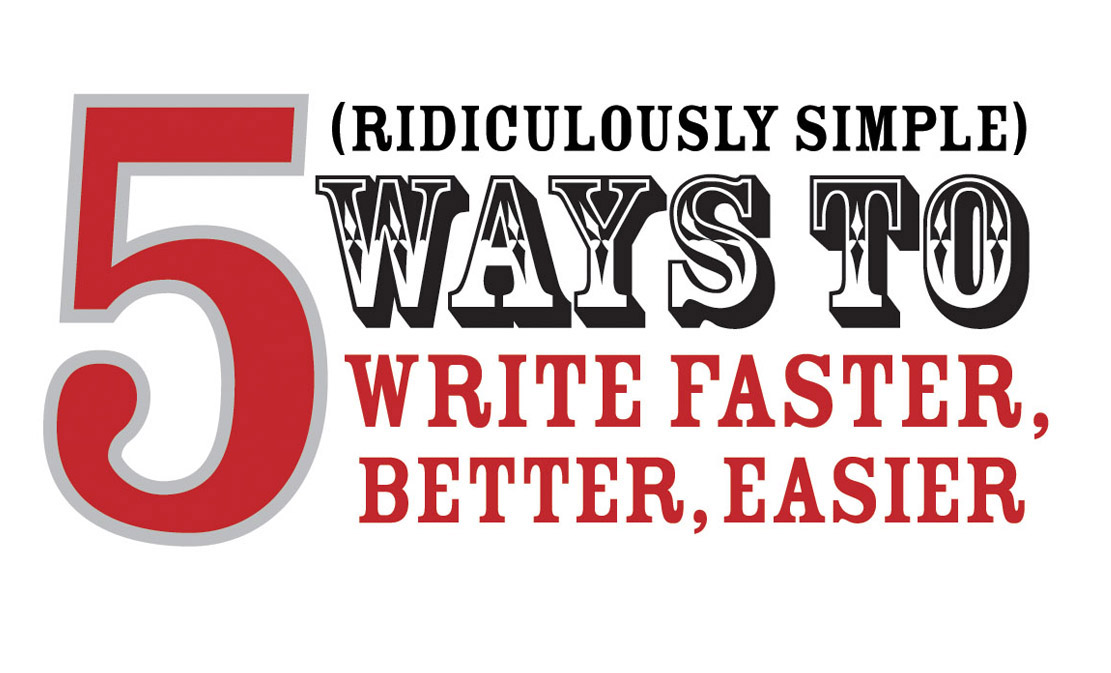Tom's SpeedLink #4
 Tuesday, July 21, 2009 at 08:11AM
Tuesday, July 21, 2009 at 08:11AM 
Time for a little speedlinking...
1. An Incomplete Manifesto For Growth
I love reading and bookmarking inspiring manifestos. Design guru Bruce Mau's manifesto is one of my favorites. Print it out and put it on your fridge. :)
2. Cluetrain Manifesto
Speaking of manifestos, the Cluetrain Manifesto 10th Anniversary Editon is now available. First published in 1999, the manifesto "proclaimed an end of business as usual." If you don't want to read the whole book (somthing to reconsider!), check out the 95 Theses that frame the book's context. You can also read the entire Cluetrain Manifesto online.
3. Chris Brogan's "Best Of" Articles
A brilliant collection for anyone wishing to seek new ways to push their on-line presence to new levels. You're following, Chris, right?
4. "Dalai Lama Renaissance" Documentary
I haven't seen this yet but, hmmm...looks really interesting.
5. The National Film Board of Canada on YouTube
Being a fan of NFB's blog and films, I recently discovered their YouTube channel. There's tons of documentaries to keep you busy for quite a while.
6. "A Clearer Picture of 'What's at Stake?' in Job-Search Stories"
Kathy Hansen writes about my asking favorite question of all time, "What's at Stake?" and using it to drive stories during job interviews. I learned about the power of as "what's at stake?" in almost 20 years ago taking a "Director's Master Class" with Hollywood director Peter Werner. Almost every interview I ask my guest this critical question: the answers are always amazing! Kathy applies the question to job seekers- great stuff!
---Tom






